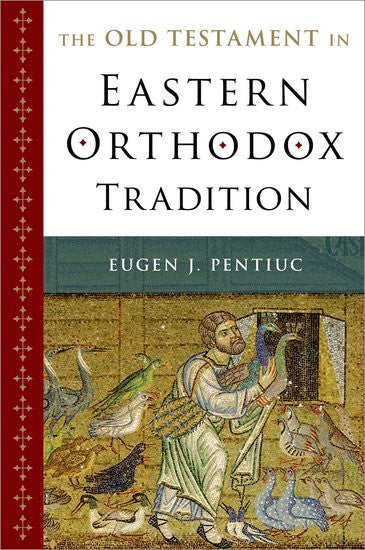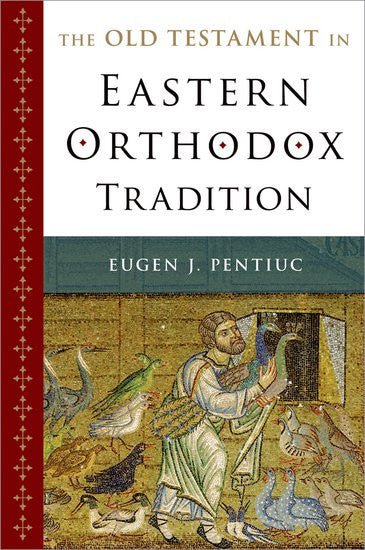The Old Testament in Eastern Orthodox Tradition
Couldn't load pickup availability
"This work is a major event: the first comprehensive and thorough analysis of the role of the Old Testament in the Eastern Orthodox tradition, written by the foremost Eastern Orthodox scholar of Scripture, internationally respected within both Church and Academy alike. Opening up the scriptural culture of Eastern Orthodoxy in all its dimensions, this illuminating volume will richly reward every reader," V. Rev. Dr. John Behr, Dean and Professor of Patristics, St. Vladimir's Seminary.
The book fills a vacuum in scholarly literature on the history of biblical interpretation. A special emphasis is placed on the hallmarks of Eastern Orthodox reception and interpretation of the Old Testament, including:
- the centrality of Scripture within Tradition
- a blend of flexibility and strictness at all levels of the faith community
- integrative function and holistic use of the sacred text
- a tensed unity of discursive and intuitive modes of interpretation
- a dynamic synergy between formative and informative goals in the use of Scripture.
According to Michael Coogan, editor of The Oxford Encyclopedia of the Books of the Bible, "In this extraordinarily learned book, Pentiuc sheds much-needed light on an often neglected aspect of the history of interpretation of the Bible. Appropriately, he discusses not just texts, but ritual and art as well, so that reading his book is like walking into a lavishly ornamented Eastern Orthodox church where the Divine Liturgy is being celebrated. This view from the inside is an invaluable contribution."
The Old Testament in Eastern Orthodox Tradition is divided into two parts: Reception and Interpretation. Reception addresses issues such as unity and diversity of the Christian Bible, text, canon, and Tradition.
Interpretation focuses on discursive and intuitive Eastern Orthodox modes of interpretation. Patristic exegesis serves as a case study of the discursive modes. The intuitive modes representing the so-called "liturgical exegesis" are subdivided into aural (hymns, psalmody, lectionaries) and visual (portable icons, frescoes, mosaics).
Paperback.
Share


